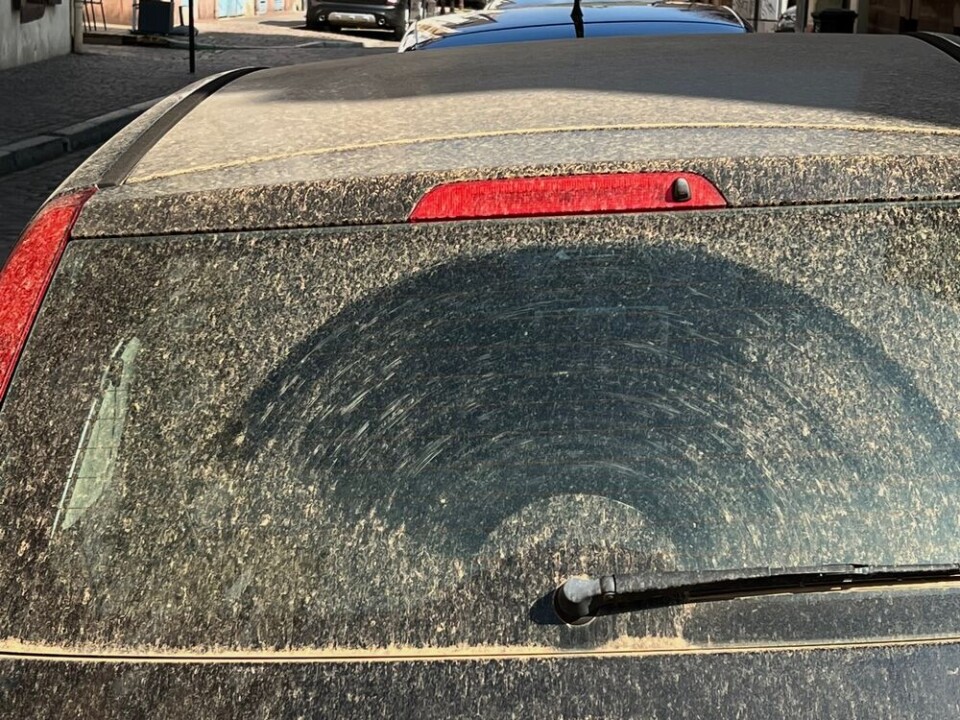-
‘Radiator road’ that never freezes tested in France
But high costs could prove barrier to other towns installing the technology
-
France ranks second in EU for gender equality
The new index tracks eight key areas to ‘compare how inequalities affect our lives’
-
Medicines to avoid in 2026 list published by French medical review
The 108 medicines are considered to pose risks that outweigh the benefits
Saharan sand in wind turns skies orange in south-west France
Sand is expected to reach northern France by end of the week

Skies in the south-west of France currently have an orange tinge to them, as dust and sand from the Sahara desert makes its way across Europe.
Today (March 20) will see mainly the south-west and the Pyrénées affected, however by the end of the weekend the entire country may see sand affect landscapes.
It is unlikely however that significant sand deposits will be seen in the northern half of France.
Photos shared on social media accounts show the changing landscapes in the Pyrénées mountains:
🟤 Des poussières de sable venues du Sahara survolent le sud-ouest de la France ce mercredi, bien visibles depuis le Pic du Midi ce matin. (via )
— Météo Express (@MeteoExpress)
Sand deposits can settle on streets, buildings, and cars, turning not only the skies orange but the colour of both rural and urban landscapes.
There are no current health warnings attached to the sand deposits, although at higher levels there is a risk they become hazardous.
People with respiratory health conditions are advised not to exercise outside during the episode.
Read more: Spring days before a cold spell: weekly French weather outlook
What is causing the sand to come to France?
Sand from parts of the Sahara desert situated in Morocco is being pushed up through Spain due to an anticyclonic ‘Sirocco’ wind.
This is a warm, dry wind which mostly carries the sand into the Mediterranean or into central Spain, however sometimes the sand reaches across the Pyrénées.
The wind can blow the sand up to 4,500 metres in the air – helping it ascend over the Franco-Spanish mountain range – before it is carried further north by the wind.
The phenomenon happens a few times per year in France, although recently has been seen not only more often, but also lasting for longer intervals and depositing more sand.
Related articles
LIST: Calendar of main pollen allergies in France month by month























